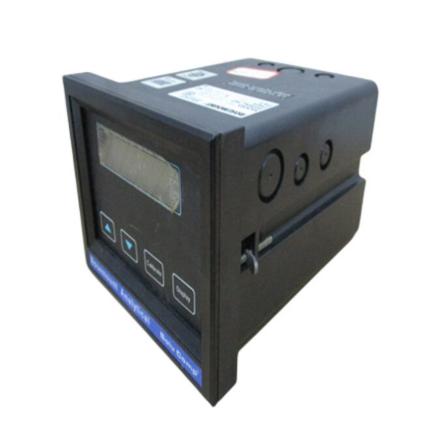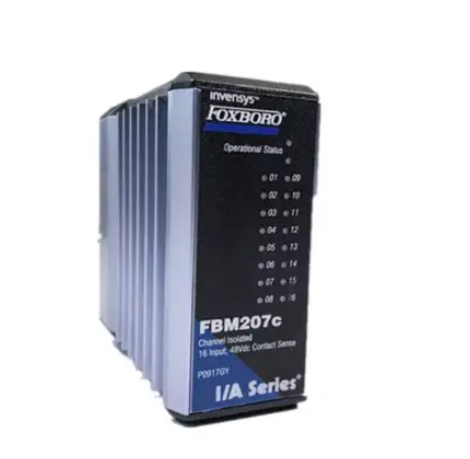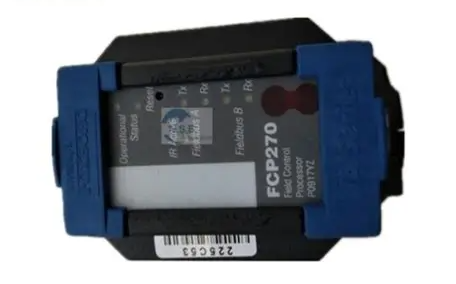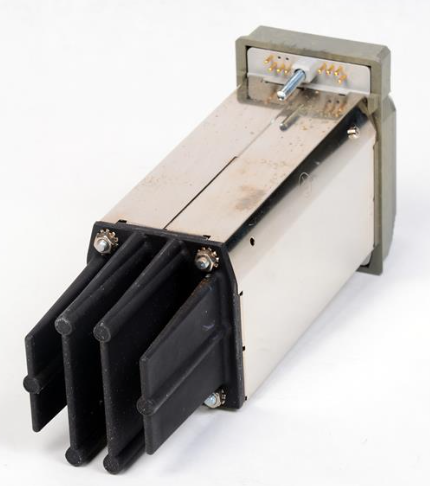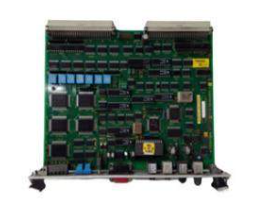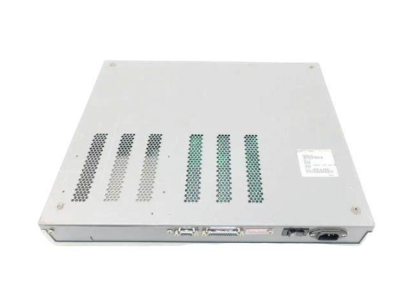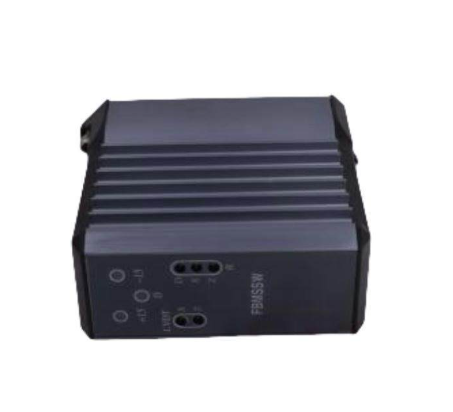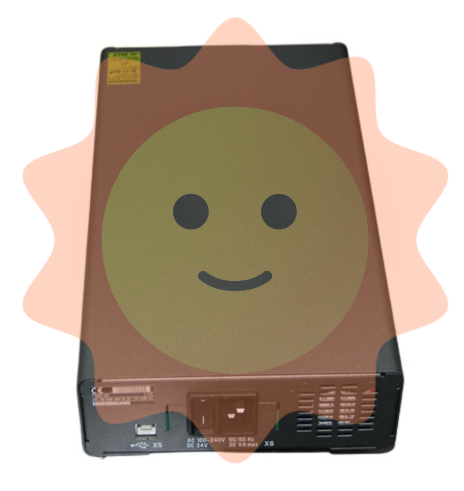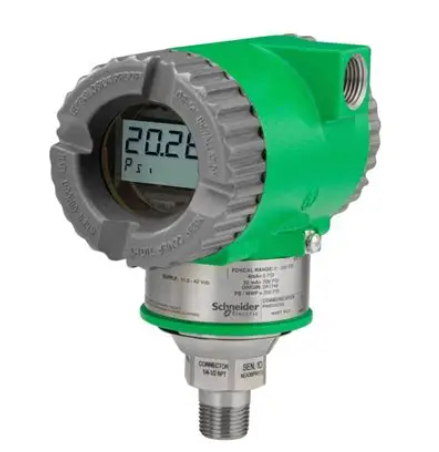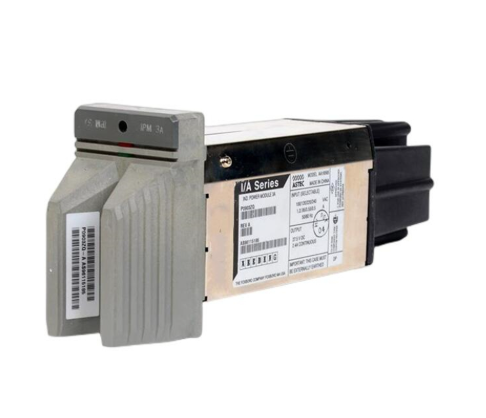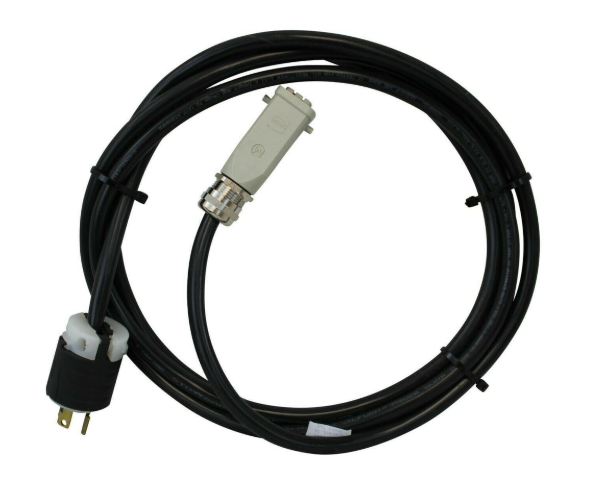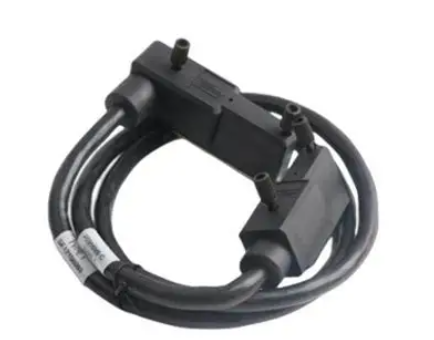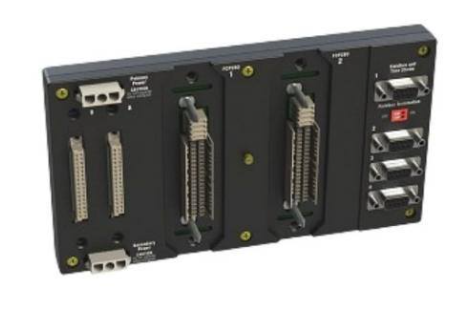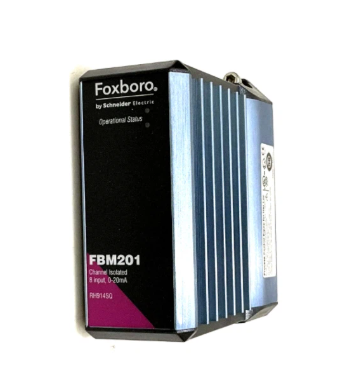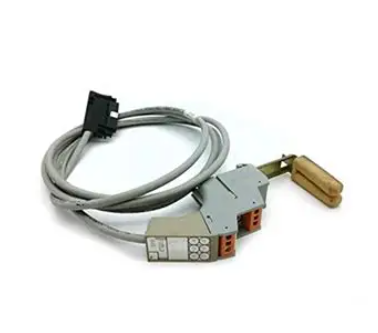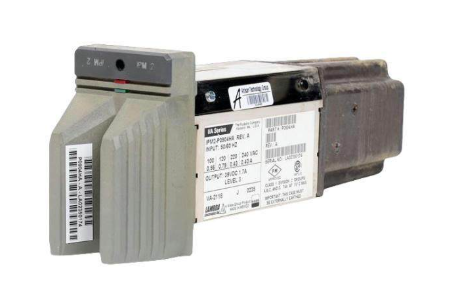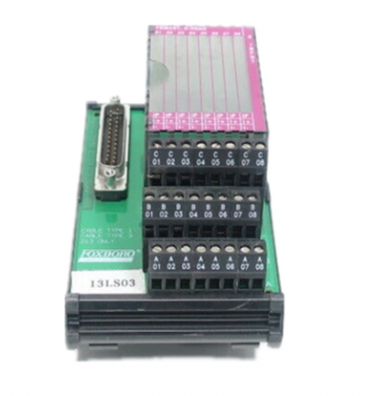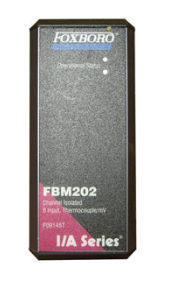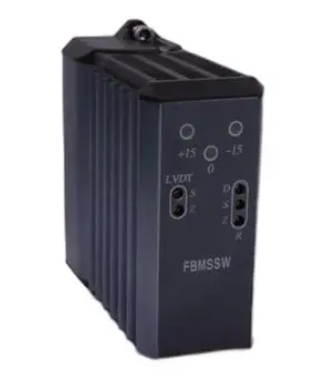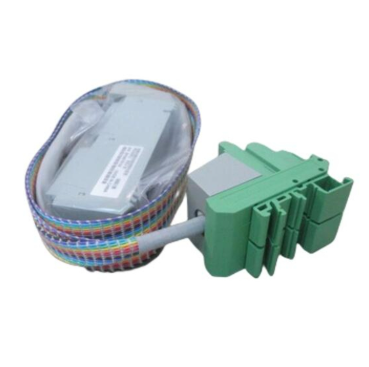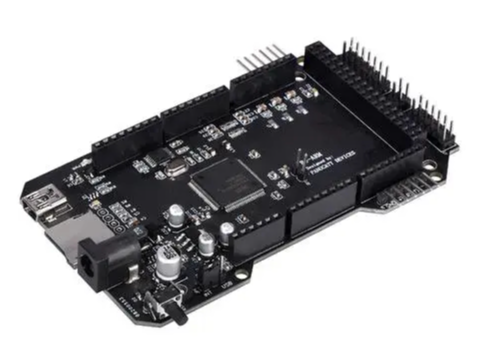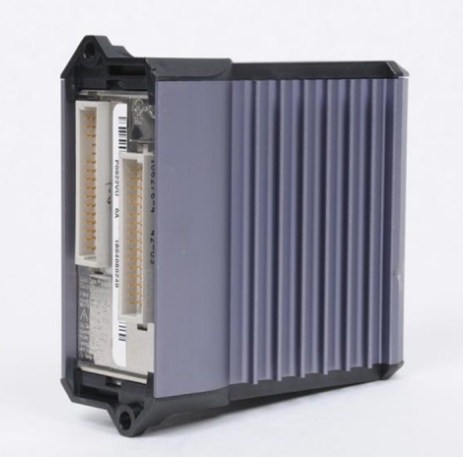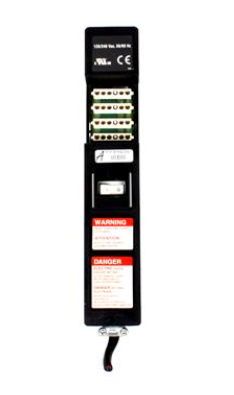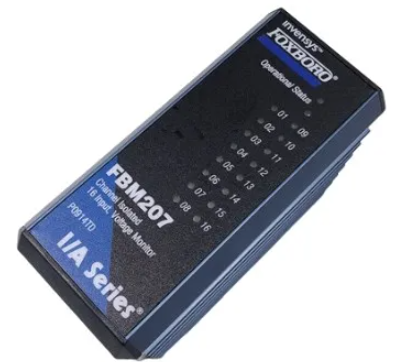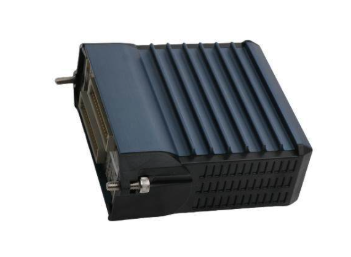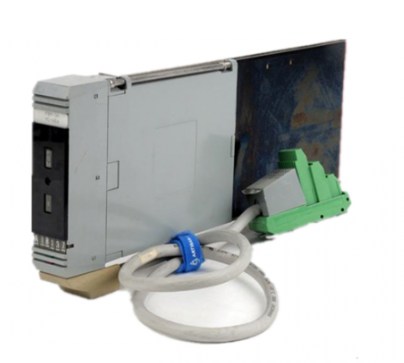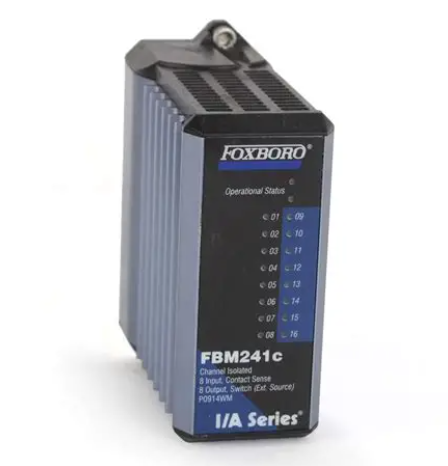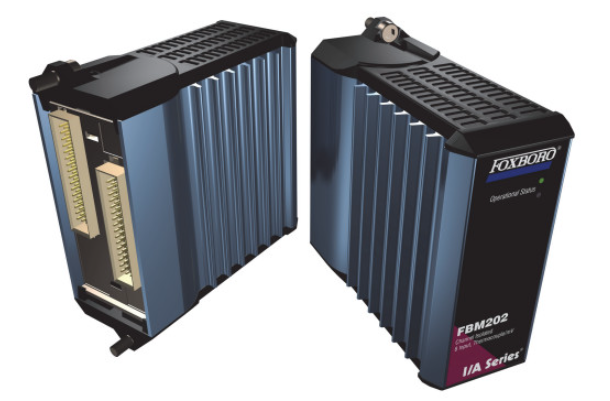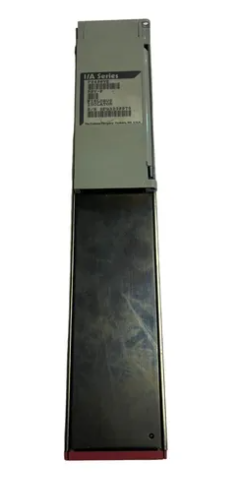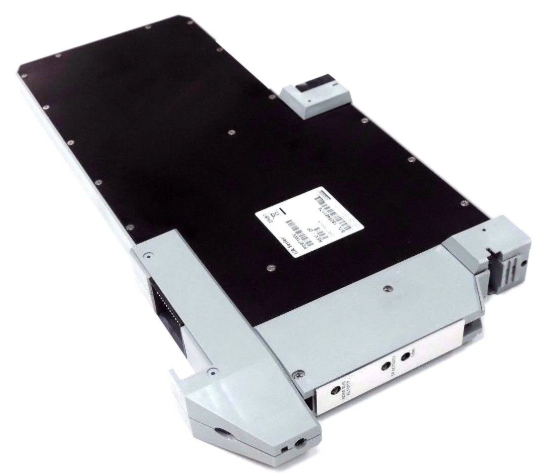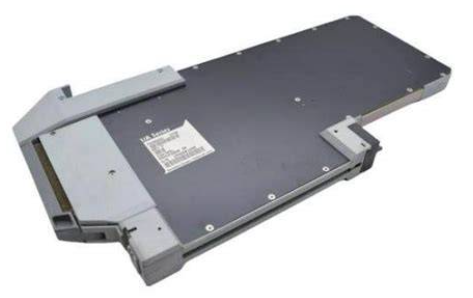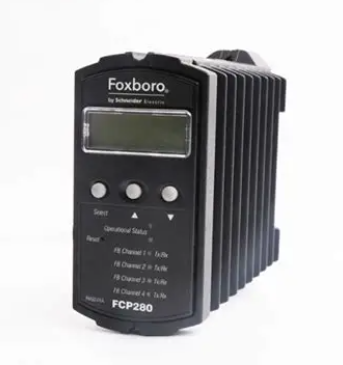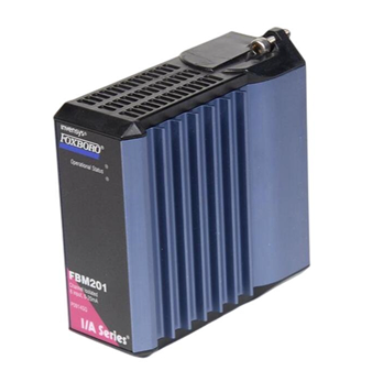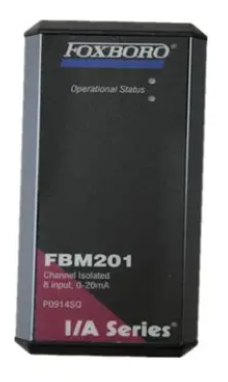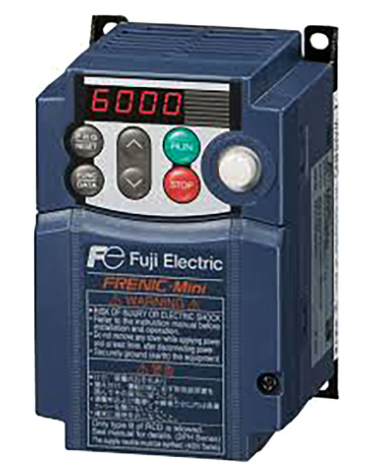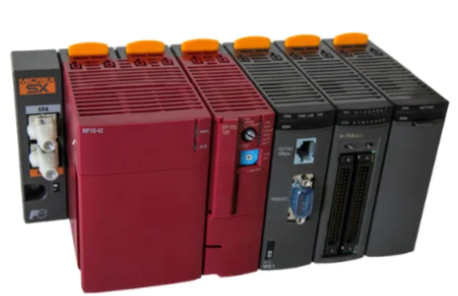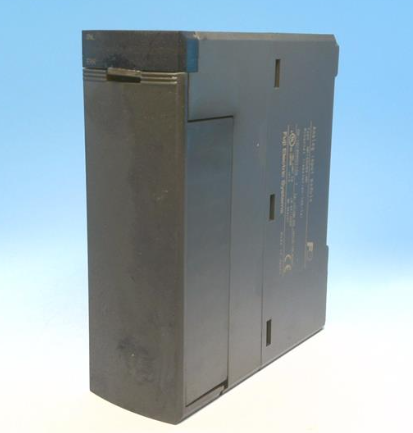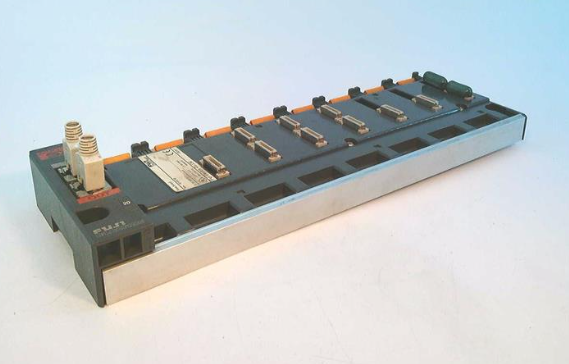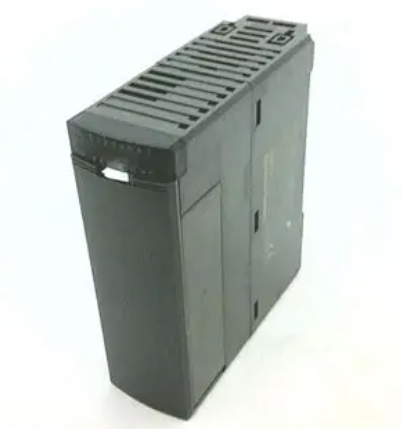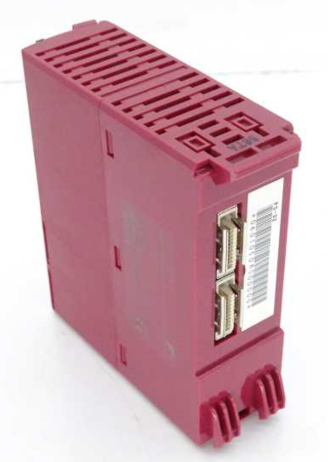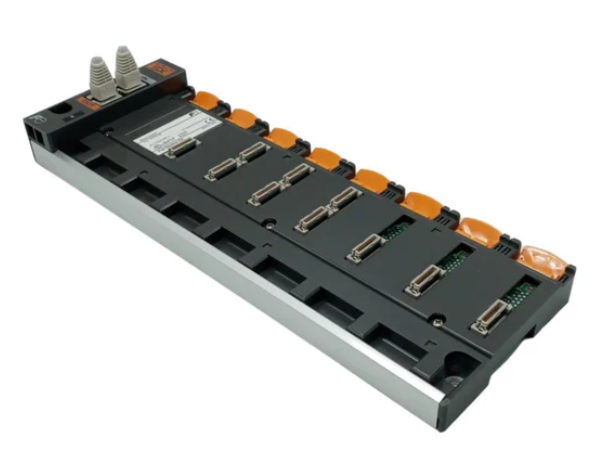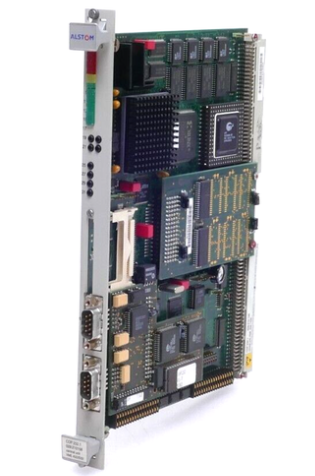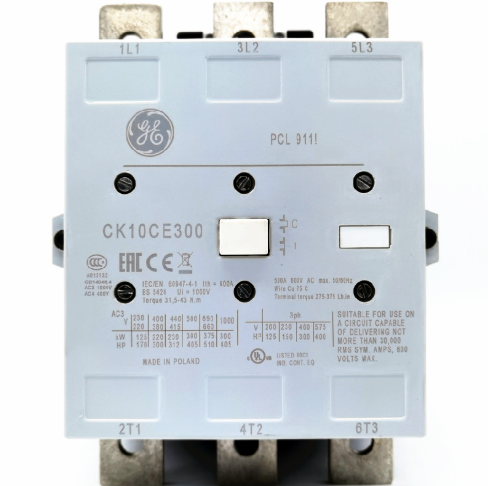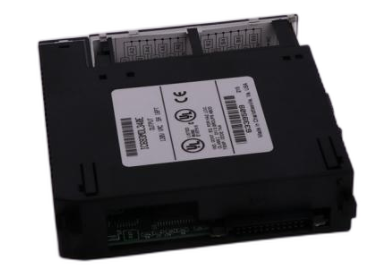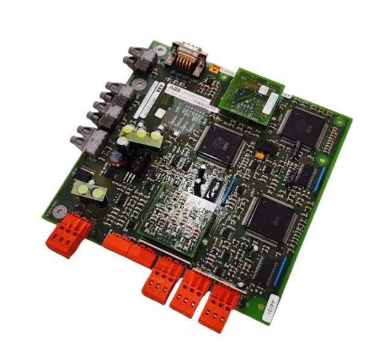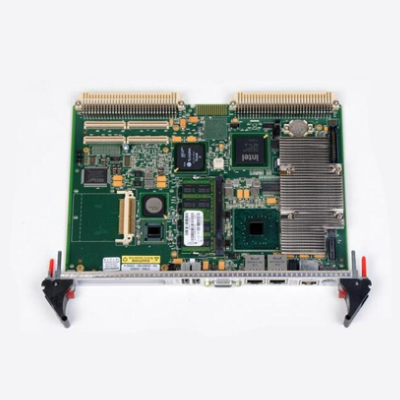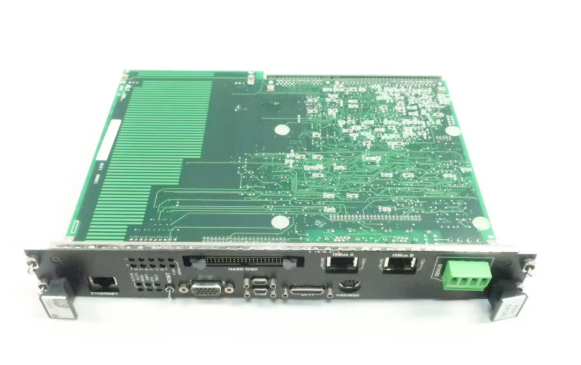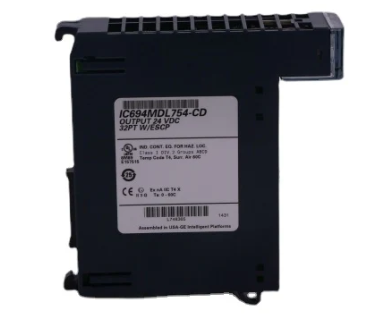New trends demand an update to electricity security frameworks
The power sector landscape is changing dramatically
After more than a century of rising electrification, most middle- and high-income countries have managed to reach high levels of electricity reliability. This achievement is the result of complex institutional frameworks often involving multiple institutions and stakeholders. These frameworks govern crucial aspects, from the planning of the physical infrastructure, setting the market and investment frameworks, to the secure operation of the system and preparedness for natural catastrophes.
Electricity security frameworks are the result of more than a century of experience, with a relatively stable set of technological choices and well-understood risks. But past experience, as characterised below, is not always enough to prepare for the future.
Electricity was mostly provided by vertically integrated utilities with regional monopoly using dispatchable thermal and hydro power plants and centrally controlled transmission and distribution networks.
Large rotating mass for power generation also provided system inertia. Power generators were controlled manually and not connected to digital networks.
Regulation made a single entity responsible for the stable supply of electricity in the region and set the electricity tariff at a level sufficient to cover the normal rate of return from the invested asset. Under this system, utilities were able to invest in generation and network facilities with a high level of confidence about their return.
In an increasing number of countries and regions, these assumptions no longer apply.

Electricity market systems with regulated regional monopolies have been replaced by unbundled competitive systems.
Variable renewable sources like wind and solar PV have become cheaper than thermal power generation and are increasing their share of supply. This development is welcome as countries seek to decarbonise the electricity sector. Solar PV is one of the rare technology areas that is on track to achieve its sustainability goals. Wind and solar are indigenous energy sources, and their growth can reduce fossil fuel import bills for many countries.
At the same time, these new variable sources require flexibility in the system to cover their variability and more elaborate forecasting of their outputs. They are non-synchronous generators and do not bring in system inertia.
Variable renewables, solar PV in particular, are more distributed than conventional generators. Systems with distributed resources can be more resilient than centralised systems, but require operators to have greater situation awareness. Some resources are even behind the meter at consumers’ properties. Network operators increasingly rely on demand-side response as a key source of flexibility.
To manage such complex systems, the role of digital information technologies is increasing exponentially, exposing the electricity system to cyberthreats.

Governments and industry are promoting decarbonisation of energy systems to achieve sustainability goals such as climate change mitigation, but ongoing climate change is already leading to extreme weather events and is challenging the robustness and resilience of electricity supply infrastructure.
Businesses across the entire electricity supply chain need to invest in secure stable electricity supply in response to these drastic changes, but are challenged by increased uncertainty and complexity surrounding electricity systems.
For this reason, our report focuses on three aspects that will increasingly attract the attention of policy makers:
a changing electricity mix driving new measures to ensure operational security and longer-term system adequacy
emerging risks to cybersecurity
the need for greater resilience against adverse impacts of climate change, including extreme weather events
This report provides policy makers with a structural review of the types of threats the system will be facing in the coming decades and how they can be managed with proper institutional measures, market design and technology.
The new power sector landscape will be shaped by a combination of factors: a growing role for variable renewables, stagnation or reduced contributions from traditional low-carbon sources such as nuclear and hydro, decreasing thermal fleets, further digitalisation of the economy, climate change, and others. The combination of these factors will alter the potential impact and likelihood of electricity supply interruptions. They may well put more pressure on certain areas of the electricity security framework, such as rules designed to bring investment into the sector, while changing the nature of traditional energy security concerns, such as fuel security. How the threat map changes will depend on the specific power mix, the policies in place and the external threats to each power system.
Electricity system trends and their potential impacts on various aspects of electricity security

Secure supply of electricity requires many risk dimensions to be properly managed. From fuel availability and sufficient resources to cover peak demand and periods of stress, such as an unexpected plant outage, to the resources needed to ensure stable behaviour of the power system in real time, all these dimensions need to be considered and assessed. The table indicates how these dimensions can be affected by electricity system trends. Each dimension will be affected, sometimes in a positive manner, reducing the risks and increasing the set of tools available to maintain secure operation, but also potentially in a negative way. For example, in a country where the electricity mix is dominated by hydropower, growing reliance on solar PV could increase climate resilience and act as a good hedge against changing hydrology, but it may also require existing assets to be operated in a new, more flexible way.
- EMERSON
- Honeywell
- CTI
- Rolls-Royce
- General Electric
- Woodward
- Yaskawa
- xYCOM
- Motorola
- Siemens
- Rockwell
- ABB
- B&R
- HIMA
- Construction site
- electricity
- Automobile market
- PLC
- DCS
- Motor drivers
- VSD
- Implications
- cement
- CO2
- CEM
- methane
- Artificial intelligence
- Titanic
- Solar energy
- Hydrogen fuel cell
- Hydrogen and fuel cells
- Hydrogen and oxygen fuel cells
- tyre
- Chemical fiber
- dynamo
- corpuscle
- Pulp and paper
- printing
- fossil
- FANUC
- Food and beverage
- Life science
- Sewage treatment
- Personal care
- electricity
- boats
- infrastructure
- Automobile industry
- metallurgy
- Nuclear power generation
- Geothermal power generation
- Water and wastewater
- Infrastructure construction
- Mine hazard
- steel
- papermaking
- Natural gas industry
- Infrastructure construction
- Power and energy
- Rubber and plastic
- Renewable energy
- pharmacy
- mining
- Plastic industry
- Schneider
- Kongsberg
- NI
- Wind energy
- International petroleum
- International new energy network
- gas
- WATLOW
- ProSoft
- SEW
- wind
- ADVANCED
- Reliance
- YOKOGAWA
- TRICONEX
- FOXBORO
- METSO
- MAN
- Advantest
- ADVANCED
- ALSTOM
- Control Wave
- AB
- AMAT
- STUDER
- KONGSBERG
- MOTOROLA
- DANAHER MOTION
- Bently
- Galil
- EATON
- MOLEX
- Triconex
- DEIF
- B&W
- ZYGO
- Aerotech
- DANFOSS
- KOLLMORGEN
- Beijer
- Endress+Hauser
- MOOG
- KB
- Moxa
- Rexroth
- YAMAHA
- Johnson
- Westinghouse
- WAGO
- TOSHIBA
- TEKTRONIX


Email:wang@kongjiangauto.com






























